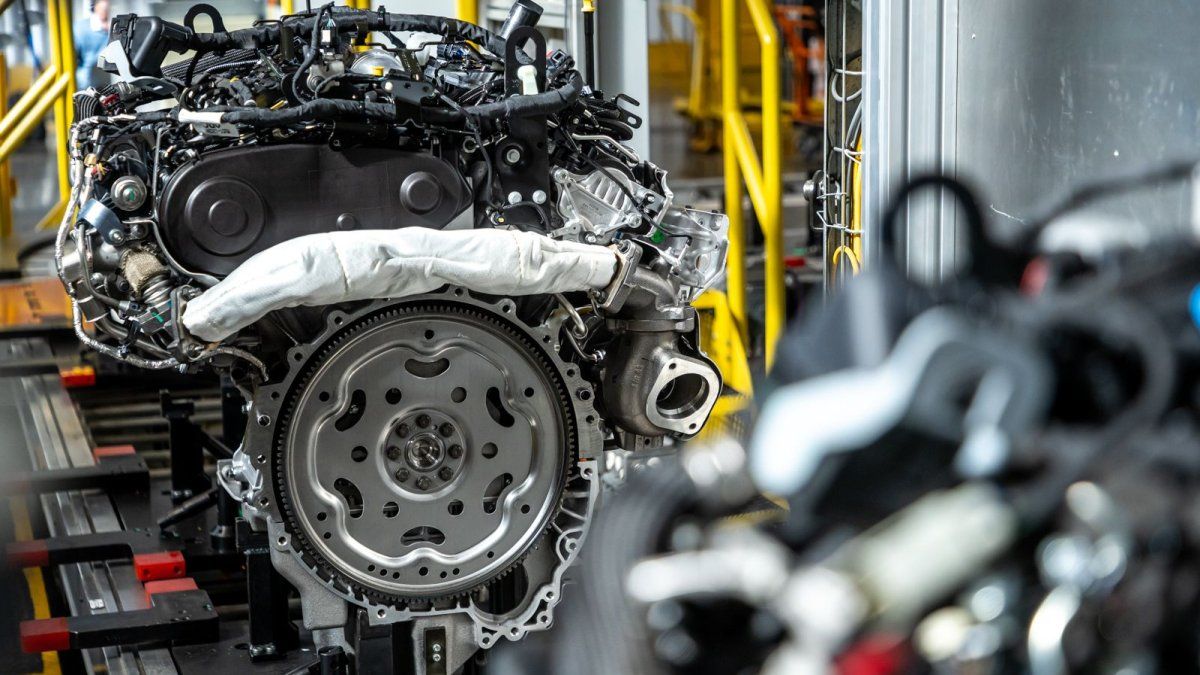The industry used only 58.2% of its installed capacity in Julywithin the framework of a new monthly fall in production. For eighth consecutive month the figure was below 60%.
This was announced by the INDEC This Tuesday. Last week the Official Institute of Public Statistics had reported that the Industrial Production Index (IPI) It contracted 2.3% compared to the previous month and 1.1% in interannual terms.
Within that framework, the use of installed capacity was also lower than that of a year ago. It was about First annual setback since November 2024when the comparison base corresponded to the last month of the government of the front of all.
It is worth remembering that July was the month in which a strong financial volatility was unleashed, which ended up taking the government to validate extremely high interest rates to contain (without so successful) the escalation in the price of the dollar. This has its correlation in a credit withdrawal (it is probably more reflected in August data), which was one of the pillars of economic recovery.
The use of installed capacity reflects heterogeneity within the industry
The main negative incidents were observed in the elaboration of chemical substances and products and in the automotive industry. In the first case, the figure decreased from 65.7% to 59.9% in the last year, mainly due to lower levels of development of detergents and soaps and basic chemicals.
As for the automotive industry, the lower number of units manufactured by terminals It was reflected in a decline of more than eight percentage points (PP), from 52.2% to 44.1%. He also highlighted the decrease in the textile industry, from 49% to 44%. Both items are significantly threatened by the Import boom.
The sectorial blocks that presented levels of use of the installed capacity higher than the general level, in addition to substances and chemicals, were oil refining (81.7%)food and drink products (65.2%), basic metallic industries (63.9%) and paper and cardboard (60.6%).
At the other extreme, the sector blocks that were located below the general level, in addition to automotive and textile, were non -metallic mineral products (57.1%), edition and printing (52.5%), metalworking except automotive (48.7%), tobacco products (46.5%) and Rubber and plastic products (43.2%).
Sector heterogeneity reflects how the most thriving activities are those with export exit, while among the most beaten those most dependent on the domestic market predominate.
Source: Ambito




